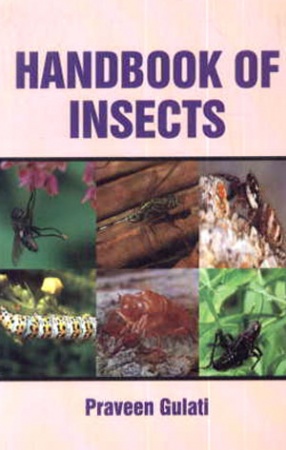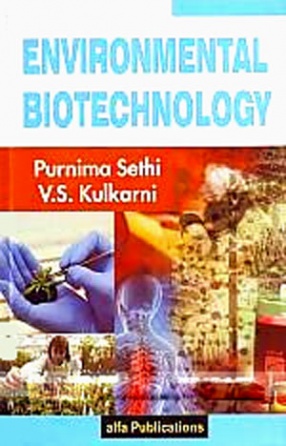Aquatic insects can be found in nearly any habitat from small temporary pools to large lakes and small springs to large rivers. Some of the more extreme habitats in which aquatic insects can be found include highly saline waters, pools of petroleum, sewage treatment plant lagoons and hot springs. Within a water body, aquatic invertebrates inhabit a variety of habitats. In lentic or standing waters, aquatic insects occur at the bottoms of deep lakes (i.e. littoral) and in open water (i.e. pelagic). In lotic, or flowing waters aquatic organisms occur under stones or woody debris, buried in sand or sediment and crawling or sprawling on rocks, leaf packs and snags. Current knowledge of the life history ecology and geographic range of aquatic insects is limited in part by the huge diversity of aquatic insects.
Aquatic insects feed on a variety of food types including tree leaves, algae, wood, detritus, other insects and even some vertebrates such as small fish and tadpoles.
An alphabetical listing of the insect orders with aquatic or semi aquatic species is given in the book: Coleoptera, collembola, diptra, ephemeroptera, hemiptera, hymenoptera, lepidoptera, mecoptera, megaloptera, neuroptera, odonata, plecoptera, trichoptera.
The scientific classification, life cycle, habitat etc are given in this book. This book may not only provide reference but also serve as a guide and inspiration for future research. The scientists, teachers entomologists, scholars are expected to find this book indispensable.






There are no reviews yet.